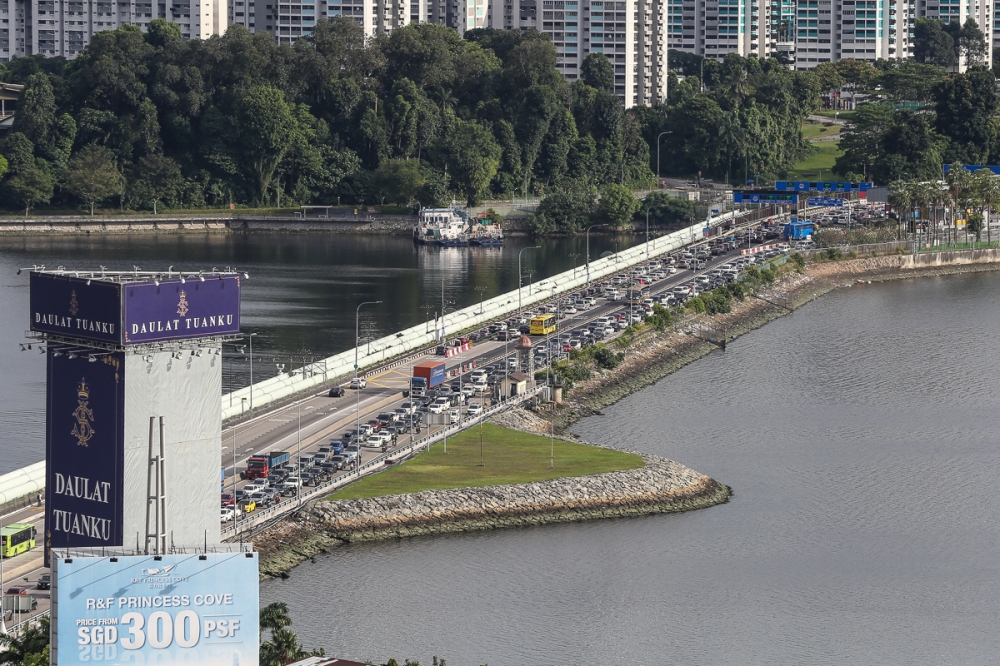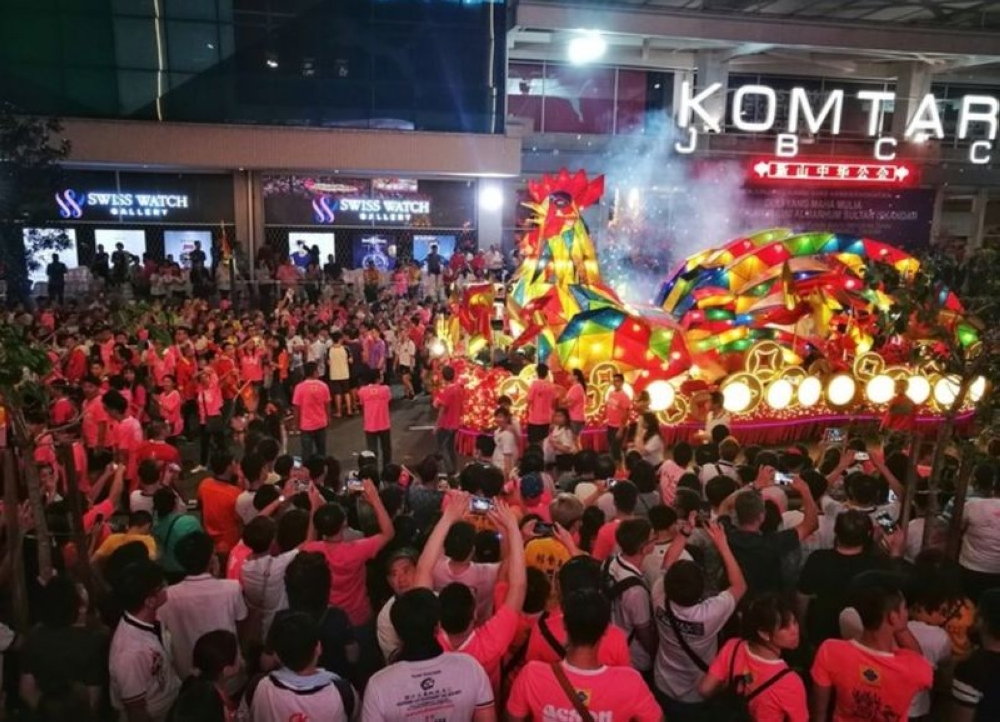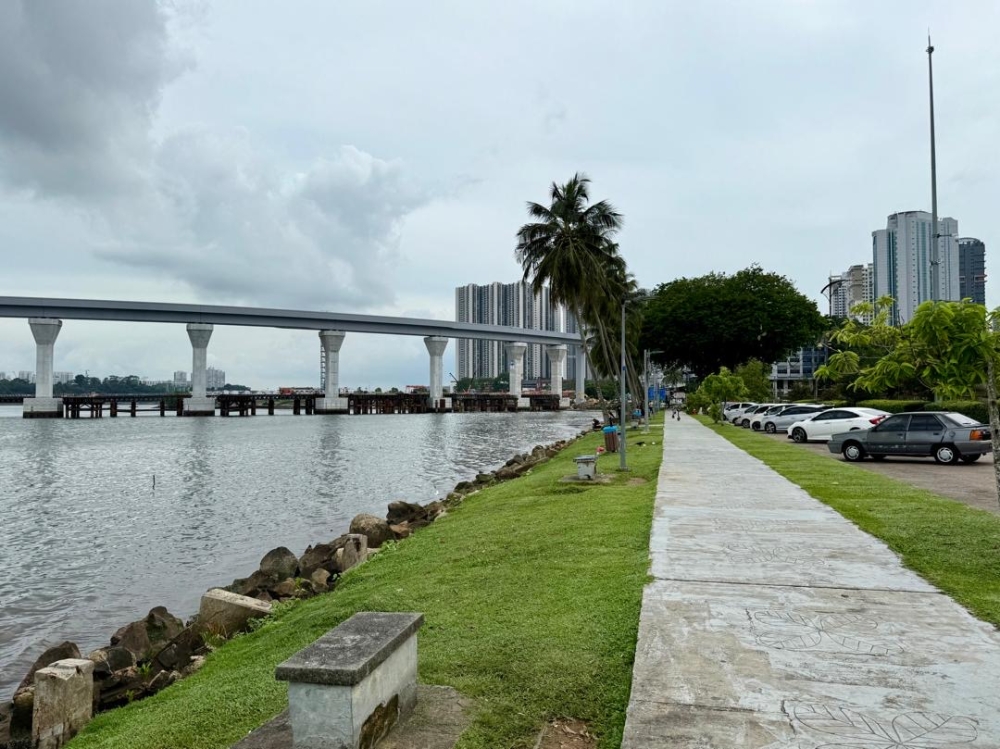JOHOR BARU, April 22 — The Johor-Singapore Rapid Transit System (RTS), slated to begin operations in 2027, is increasingly being hailed as a “game changer” — a catalyst for smoother commutes, stronger cross-border ties, and revitalised economic momentum between Johor and the republic.
Expected to ease congestion along the overburdened Johor Causeway — one of the busiest land crossings in the world — the RTS is central to the vision of the Johor-Singapore Special Economic Zone (JS-SEZ), particularly by enabling faster immigration clearance and encouraging talent mobility.
With the promise of easier access and closer integration, stakeholders are optimistic the RTS will attract new investments, boost tourism, and unlock growth opportunities across key sectors. But alongside this optimism is a growing call for industries to prepare for shifts in labour dynamics and increased competition for talent.
Opportunities and challenges
South Johor Small and Medium Enterprise (SME) Association adviser Teh Kee Sin acknowledged that manpower shortages have long been a challenge for businesses in Johor, and while the RTS is widely welcomed, proactive planning is needed to ensure local industries remain robust.
“Yes, we support the government’s RTS initiatives on seamless connectivity between Johor Baru and Singapore, that is our closest neighbour and also biggest trading partner.
“However, we are also realistic about the eventual lack of skilled locals for our own industries.
“We need solutions to address the issue of staff shortage, which has been acute and growing since the Covid-19 pandemic,” he told Malay Mail when contacted recently.
The Johor Causeway currently handles between 430,000 and 450,000 daily travellers, many of whom begin their commute before dawn.
The RTS, with a planned capacity of 10,000 passengers per hour in each direction, is expected to ease this burden — especially during peak hours.

The Johor Causeway handles between 430,000 and 450,000 daily travellers, while the RTS, with a planned capacity of 10,000 passengers per hour in each direction, is expected to ease this burden. — Picture by Yusof Mat Isa
Property consultant Samuel Tan, chief executive of Olive Tree Property Consultants, said the RTS is a timely solution that aligns with long-term growth in the region.
He noted that Johor’s proximity and relatively lower cost of living make it attractive for Malaysians working in Singapore — a trend unlikely to change, but one that could be balanced with local job creation.
“So, the pull factor for Malaysians to work in Singapore is very strong,” he said, while also noting the need for businesses to focus on building long-term value propositions for employees.
Growth potential
Some sectors, such as tourism and hospitality, are looking at the RTS with optimism.
Ivan Teo, the chairman of the Johor chapter of the Malaysian Association of Hotels (MAH), believes the project may help rebalance workforce trends by boosting tourism-driven revenues and enhancing job quality within Johor.
“Rather than dwelling on negativity, hoteliers need to be creative to navigate the issues and I believe that in every threat there are also opportunities.
“Anticipating that with the convenience of cross border travel with the availability of the RTS, volume of visitors from Singapore will be incremental and thus will offset the threats,” he told Malay Mail.

A Chingay celebration at Jalan Wong Ah Fook in Johor Baru draws holidaymakers. — Bernama file pic
Currently, many hotels rely heavily on weekend guests. Teo hopes the RTS will change that.
“With the RTS, hotels expect to enjoy good occupancy throughout the week and hence give better wages to our associates.
“This may yet become a retention factor without them choosing to travel to Singapore daily to work.
“We believe with much training, good incentives and good hotel management, we will be able to grow tourism together with other tourism players in the state,” he said, citing the potential for synergy between hotels, transport providers, malls, entertainment venues and wellness centres.
Building resilience
While the RTS offers a clear avenue for regional integration, stakeholders recognise that a successful transition depends on forward-thinking strategies.
Tan believes that investments in upskilling and talent development will allow Johor to retain and nurture a competitive workforce.
“In the mid to long-term and the roll-out of JS-SEZ, I am optimistic that Johor can attract more quality investments to create job opportunities with higher salaries.
“In addition, the authorities should intensify the collaboration with the various related industries to provide more training for local workers.
“Life-long learning is crucial to enable the workers to learn new skills, multi-task and increase the productivity. Increasing the overall productivity is one practical way to elevate the worker’s salary and retain the workers,” he said.
Johor MAH secretary Yvonne Loh echoed this sentiment, calling for more innovative employee development mechanisms.
“There is a need to enhance employee skills and knowledge by exposing them to different roles, tasks and responsibilities within an organisation in the hope that it creates better workforce retention.
“In a way, it is to also discourage local talents from seeking employment in Singapore,” she said.

Part of the Johor Baru-Singapore Rapid Transit System site that is still under construction and projected to complete and commence passenger service by the end of 2026. — Picture by Ben Tan
Looking ahead
While some uncertainty remains — including the final RTS ticketing costs and evolving Singapore immigration policies — the consensus among stakeholders is that the RTS presents a rare chance to reshape Johor’s economic landscape.
As Johor strengthens its industrial base and builds a future-ready workforce, the RTS may not only ease congestion but also elevate Johor’s profile as a vibrant, competitive hub for business, tourism, and quality of life.

